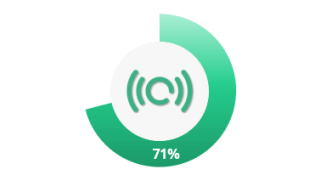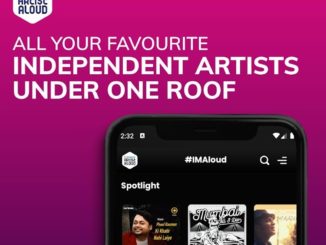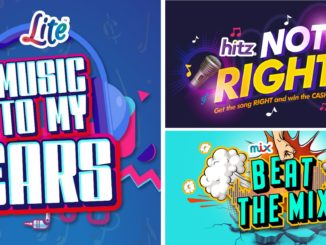
Radio has largest reach in all-audio listening: BPR
According to the latest study by Broadcast Programming & Research (BPR), which surveyed 4,000 people across 8 different countries, Radio has come out on top as being the most listened to medium of all platforms in the all-audio landscape.Radio (Both traditional AM/FM, Digital & Online) remains the most listened to audio platform with 77% having listened in the past week. Music Streaming is a close second here, while podcasts reach a smaller portion of the market – not yet as widely used as other audio platforms.
77% Listen to Radio in The Past Week
Radio continues to hold a leading position in the Audio landscape despite the increased competition.
71% Streamed Music in The Past Week
Music Streaming is a significant competitor for Radio, these services in very wide use and on the radar for Audio listeners.
29% Listened to Podcasts in The Past Week
Podcasts are not yet widely used however there is a large untapped audience for the medium.Radio Has Wide Reach Across All Groups, But It’s Strongest 35+Radio is the most listened to Audio medium in the markets surveyed, reaching a majority of audio listeners across every demographic and listening group. However, there is a clear age divide. While the majority of those under 35 are listening to Radio, few of them count it as their main source of audio listening. In the 35-54 age bracket Radio has a greater reach and a much higher number using it as their main source of listening. Radio is more of a priority with the older end of the market. With younger listeners, Radio does not hold quite the same importance.Prague & Moscow Are Radio’s Strongest Markets, While Radio Usage in Stockholm & Madrid Is Lower Than the AverageStockholm is Spotify’s home market which does explain why that service, and music streaming generally, has an outsize impact compared with other cities surveyed. The strength of Radio in Paris, Berlin & Sydney highlights that Radio can be the market leading audio source in developed audio environments. While there are more challengers to Radio than there were previously it’s still the leader in Audio listening across most markets. If you have enjoyed our summary on the All-Audio landscape, the full report is available to download here. […]





